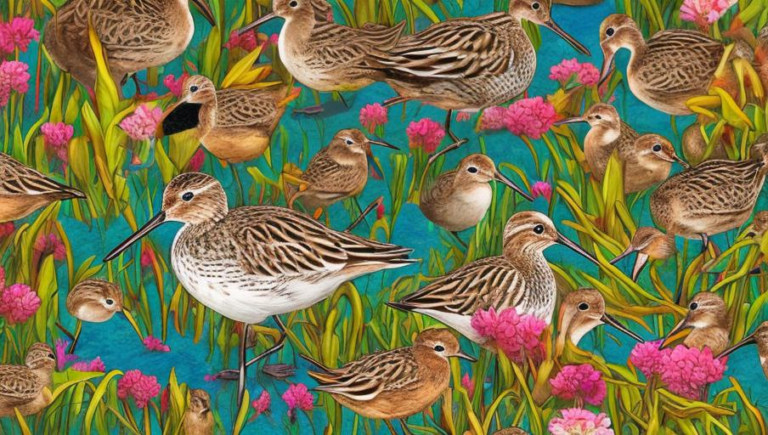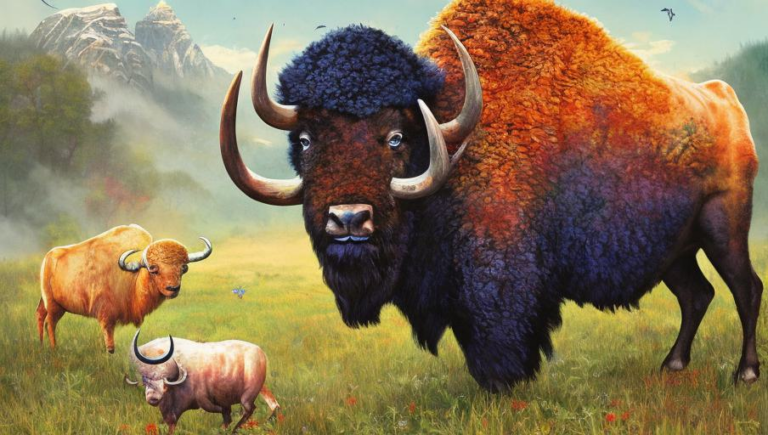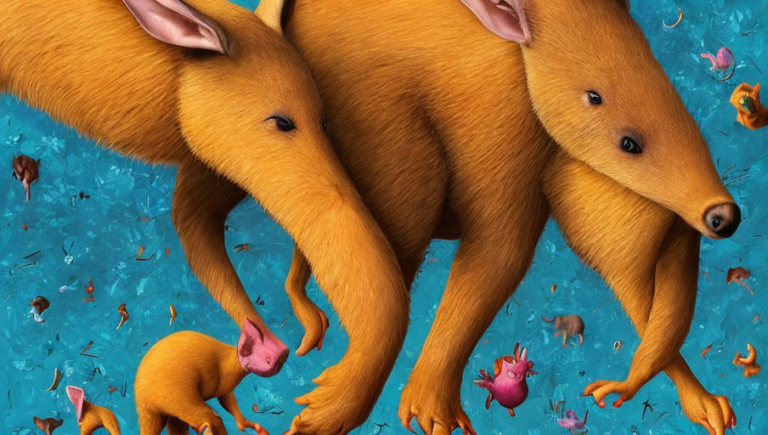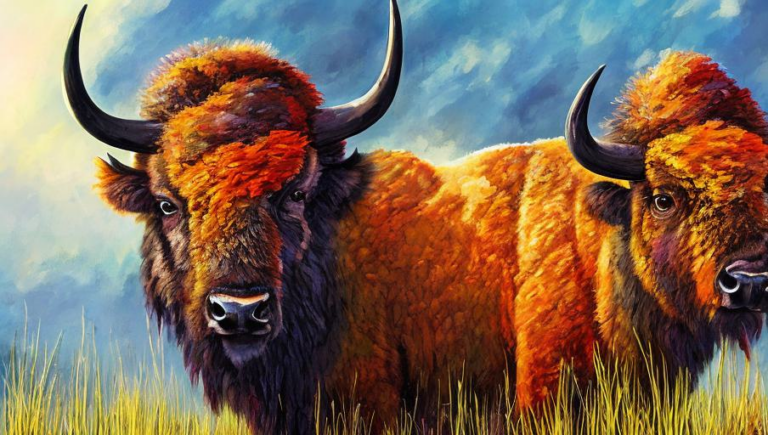A Comparative Study of Albatross Types
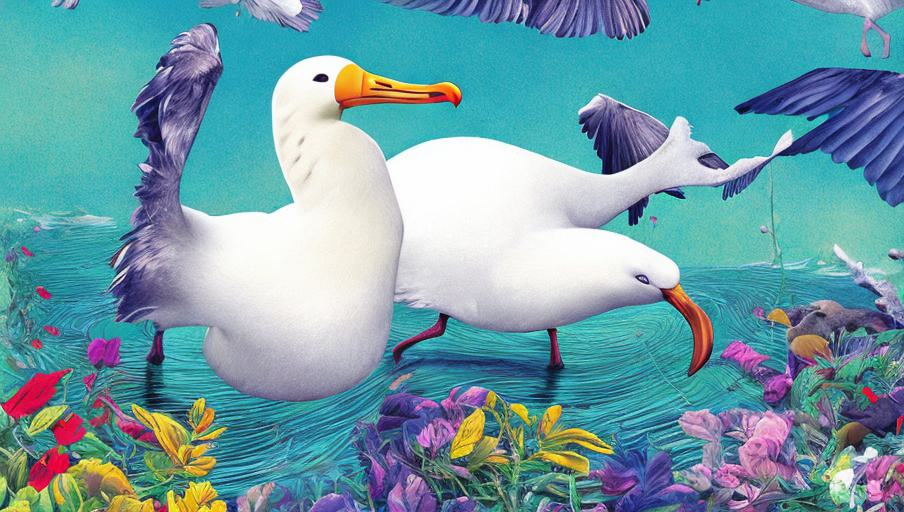
Albatross: A Unique Species
The albatross is a unique species of seabird, found in the Southern and Northern Hemispheres. It has a wingspan of up to 3.7 meters, and can soar over vast distances. Albatrosses are considered to be an indicator species, meaning that when their populations are declining, it is an indication of a larger problem in the environment. The albatross is also a very long-lived species, with some individuals living for over 50 years.
Types of Albatross
Albatrosses are divided into two main groups: the “short-tailed” albatross and the “wandering” albatross. The most widely distributed of these two types of albatross is the wandering albatross. It has a wingspan of up to 3.7 meters and can be found in the Southern and Northern Hemispheres. Short-tailed albatrosses, on the other hand, are found primarily in the Northern Hemisphere, with a wingspan of up to 2.7 meters. There are also several subspecies of albatross, including the Laysan albatross, black-footed albatross, and Chatham albatross.
Habitats
Albatrosses are primarily found in the open waters of the open ocean, but some species are found closer to land. The wandering albatross, for example, can often be seen in the coastal waters of Australia, New Zealand, and South America. The short-tailed albatross, on the other hand, is found mainly around the northern part of the Pacific Ocean. Albatrosses are mostly pelagic, meaning they spend most of their time at sea, but they also visit land briefly to breed and raise their young.
Feeding Habits
Albatrosses feed mainly on squid, fish, and other marine life. They will often follow ships and fishing boats to scavenge food, or they will dive into the water to catch their prey. Albatrosses are usually found in large flocks, and they will often follow fishing boats to catch the scraps that are thrown overboard.
Conservation
The albatross is a species that is under threat from human activities. As a result, conservation efforts are underway to protect their habitats and to reduce the threats posed by human activities. For example, fishing boats have been outfitted with special lines that are designed to reduce the risk of albatrosses becoming entangled in fishing gear. Additionally, the breeding habitats of albatrosses are being protected from human disturbance and habitat destruction.
Conclusion
The albatross is a unique and fascinating species of seabird, found in the Southern and Northern Hemispheres. It is divided into two main groups: the “short-tailed” albatross, and the “wandering” albatross. Albatrosses are found mainly in the open ocean, but some species are found closer to land. They feed mainly on squid, fish, and other marine life, and they are under threat from human activities. Conservation efforts are underway to protect albatross habitats and reduce the threats posed by human activities.
